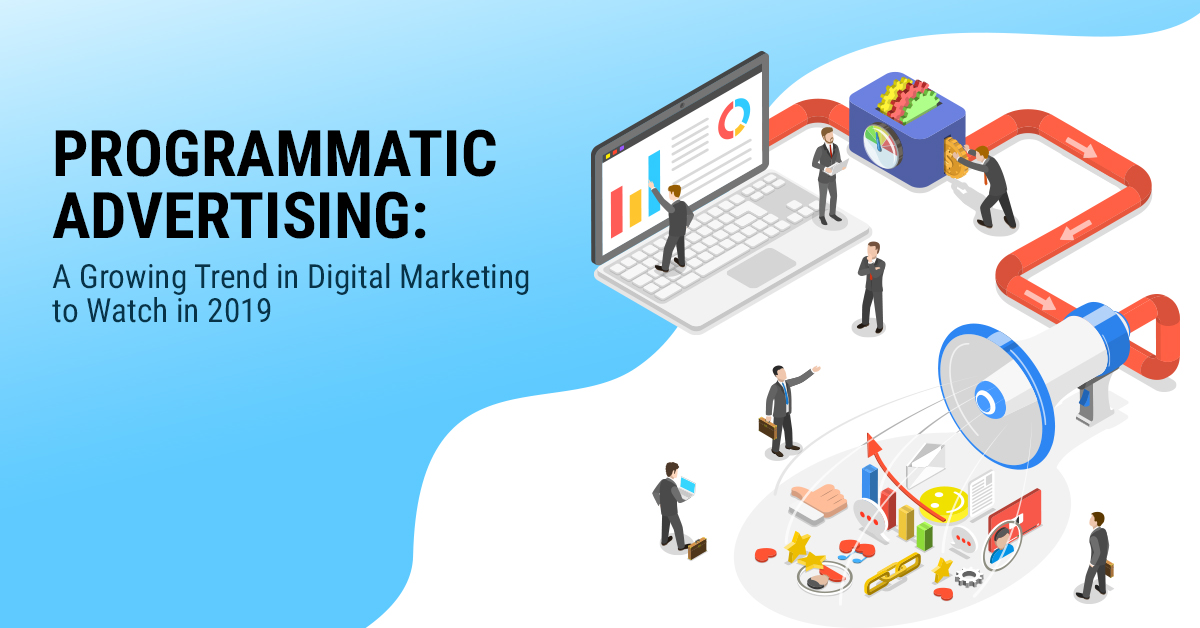The top 5 mobile programmatic strategies for driving growth and long-term app loyalty
Now that over 88% of US ad dollars are being spent programmatically and 2 thirds of which is being funneled to mobile, it’s safe to say mobile programmatic advertising has graduated from its status as simply a buzz word. Marketers are finally beginning to make the transition but the programmatic skills shortage has meant that it has been difficult for many companies to bring programmatic experts in-house to advance performance marketing business outcomes.
In order to explain briefly what all the fuss is about, below is an explanation of the 5 advanced strategies currently being used by marketers to drive growth and long-term loyalty to their apps with mobile programmatic advertising.
STRATEGY 1: PAYING FOR IN-APP ACTIONS, NOT VANITY INSTALLS
The first strategy is straight forward and powerful. Programmatic mobile advertising makes it possible for marketers to switch from paying on a Cost Per Install (CPI)-basis, to instead defining the price they are willing to pay when a user makes an in-app action. The massive benefit is that paying on a Cost Per Action (CPA)-basis shifts the “goal” from being installs, (which don’t guarantee the advertiser any return on investment) to something like Paid Subscriptions, or First Purchase, or Booked Taxi (that does guarantee the advertiser tangible profits).
STRATEGY 2: LOOKALIKE AUDIENCE TARGETING
Lookalike audiences are basically sophisticated profiles of an app’s most valuable users created by machine learning algorithms. By working with a clear profile of your desired audience, marketers can search for and build lookalike audiences with the characteristics and behaviors of the most valuable existing users of your app, sending ads programmatically the audience with the highest potential value.
STRATEGY 3: RETARGETING
Programmatic retargeting is gaining a lot of traction because it helps stimulate engagement among dormant and light users to generate sales and optimize towards specific in-app events. Deep linking to pages within your app opens up the ability to guide the user journey and reach the app’s most valuable existing users across other apps. Engagement, sales, and behaviors can be encouraged with personalized messaging based on the user’s previous engagement with the app.
STRATEGY 4: ADVANCED A/B TESTING CAPABILITIES
One of the most powerful strategies utilized by programmatic mobile advertising is the ability to quickly and efficiently A/B test (which can be done with multiple different types of creatives) to accurately and statistically determine which ad creatives are performing best and drive the highest rate of conversion. The algorithmic accuracy of programmatic ad serving removes the guesswork and subjectivity from campaign optimization and helps marketers avoid missed opportunities.
STRATEGY 5: PRIVATE MARKETPLACES
Although programmatic buying grants access to a massive supply of ad space, once high performing publishers have been identified, it is possible to build private marketplaces (PMPs) with the most relevant ad exchanges and inventory stacks. By making deals for a set volume of inventory PMPs give access to incremental inventory not available via the open exchanges. Spending in private marketplaces has been steadily increasing since 2015 and eMarketer estimates that by 2020 PMP spending will surpass open exchange spending, and clock in at around $15.97 billion annually.
Obviously, these 5 strategies are only an introduction to the topic but each tactic affords marketers powerful opportunities to explore new channels for growth. There are many ways to begin to put programmatic advertising to work to further your app’s business goals and see the benefits of automated real-time media buying.



